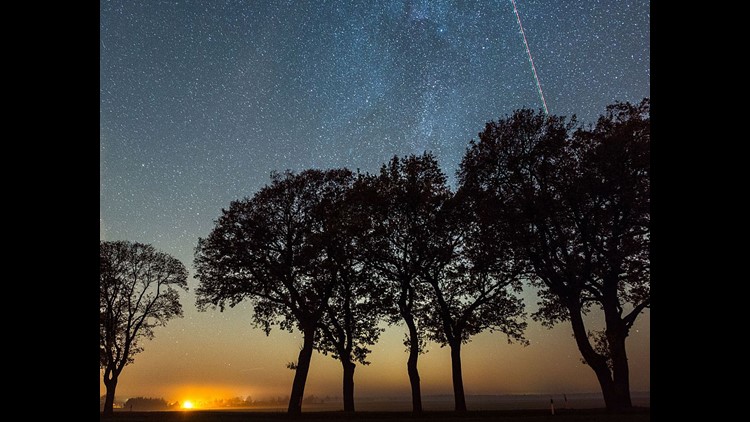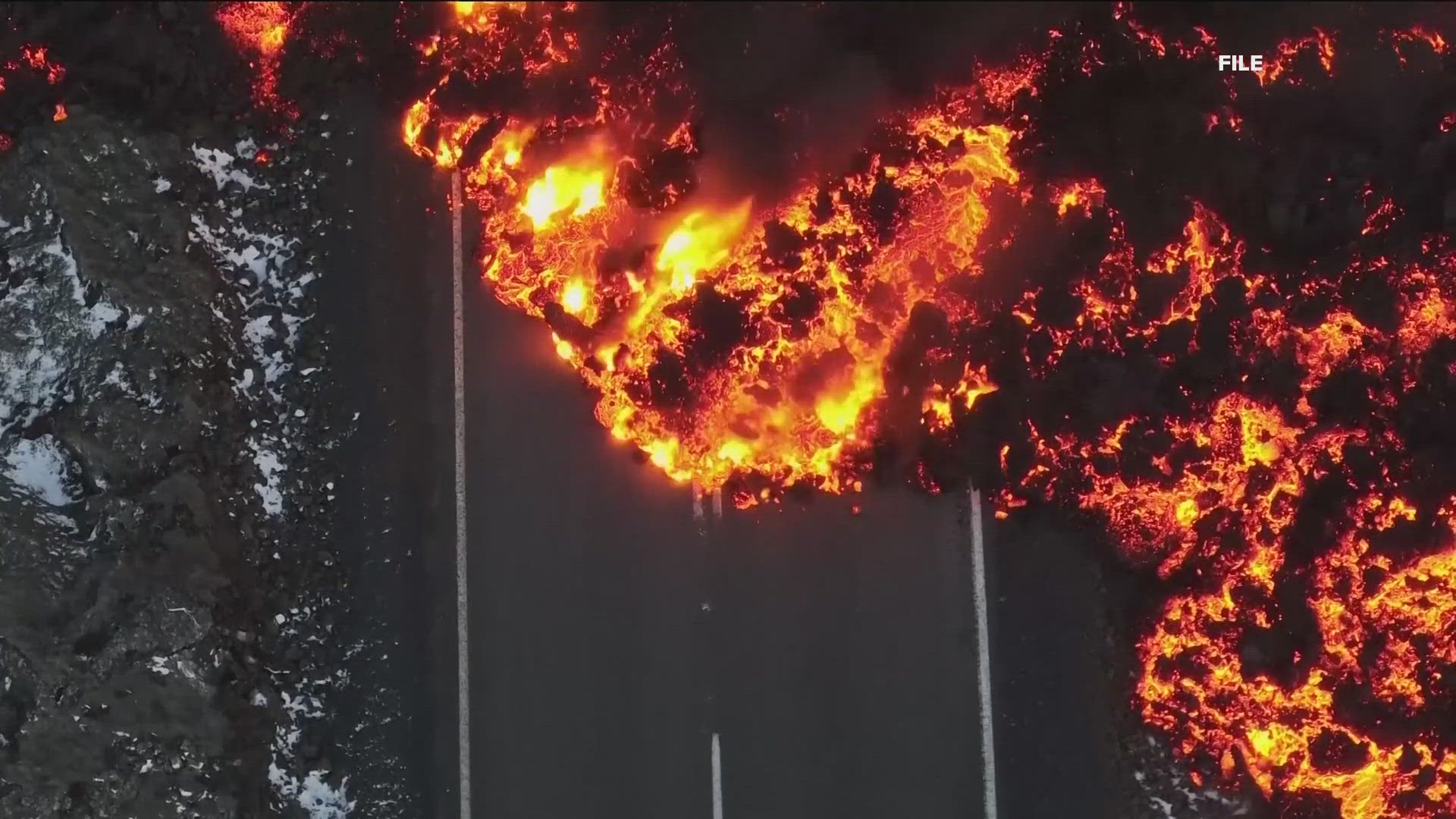Be sure to keep an eye to the sky this weekend: The peak of the Leonid meteor shower— an annual mid-November treat — will be visible across the night sky late Friday night and early Saturday morning.
The Leonids appear to be coming from the constellation Leo the Lion (hence their name) in the east, but they should be visible all the way across the sky.
Some of the greatest meteor showers ever seen have been the Leonids. Some years, they've been a full-fledged meteor storm: The 1833 Leonid meteor storm included rates as high as an amazing 100,000 meteors per hour, Earthsky.org said.
No such storm is forecast this year, though: Viewers should see an hourly rate of some 10 to 20 meteors.
Also known as "shooting stars," the meteors are actually leftover comet dust. They're tiny pea- and sand-sized bits of dust and debris crumbling off the Tempel-Tuttle comet as it swings by the Earth. (Earth’s orbit takes it straight through the debris trail.) The dust and debris ignite when it hits our atmosphere.
As with most meteor showers, the best time to watch the Leonids is usually between the hours of midnight and dawn, according to Earthsky.org.


David Samuhel, a meteorologist and astronomy blogger at AccuWeather, said people should dedicate at least an hour to viewing the meteor shower. "Do not look at any light source during that hour like a phone, flashlight, or any type of screen," he said. "Your eyes will gradually adjust by a half hour, then you will have perfect night vision. You also want to lay as flat as possible so you can see as much of the sky as possible.”
The keys to good views of the shower are the phase of the moon and the weather.
First, there's good news about the moon: This year, visibility will be excellent because the new moon will take place Nov. 18, providing a perfect view of the meteors, which will not be washed out by any lunar light, Space.com said.
As for the weather Friday night and early Saturday morning, it's a mixed bag. The best viewing conditions should be in the Southwest, the Rockies and along the Southeast coast, AccuWeather said.
But folks in the Midwest and Northeast won't be so lucky: "A large storm system will be moving from the Plains into the Great Lakes, and cloudy skies are forecast to dominate much of the eastern half of the nation," said AccuWeather meteorologist Kyle Elliot. "Rain and thunderstorms will put an even bigger damper on viewing conditions in many of these areas."



